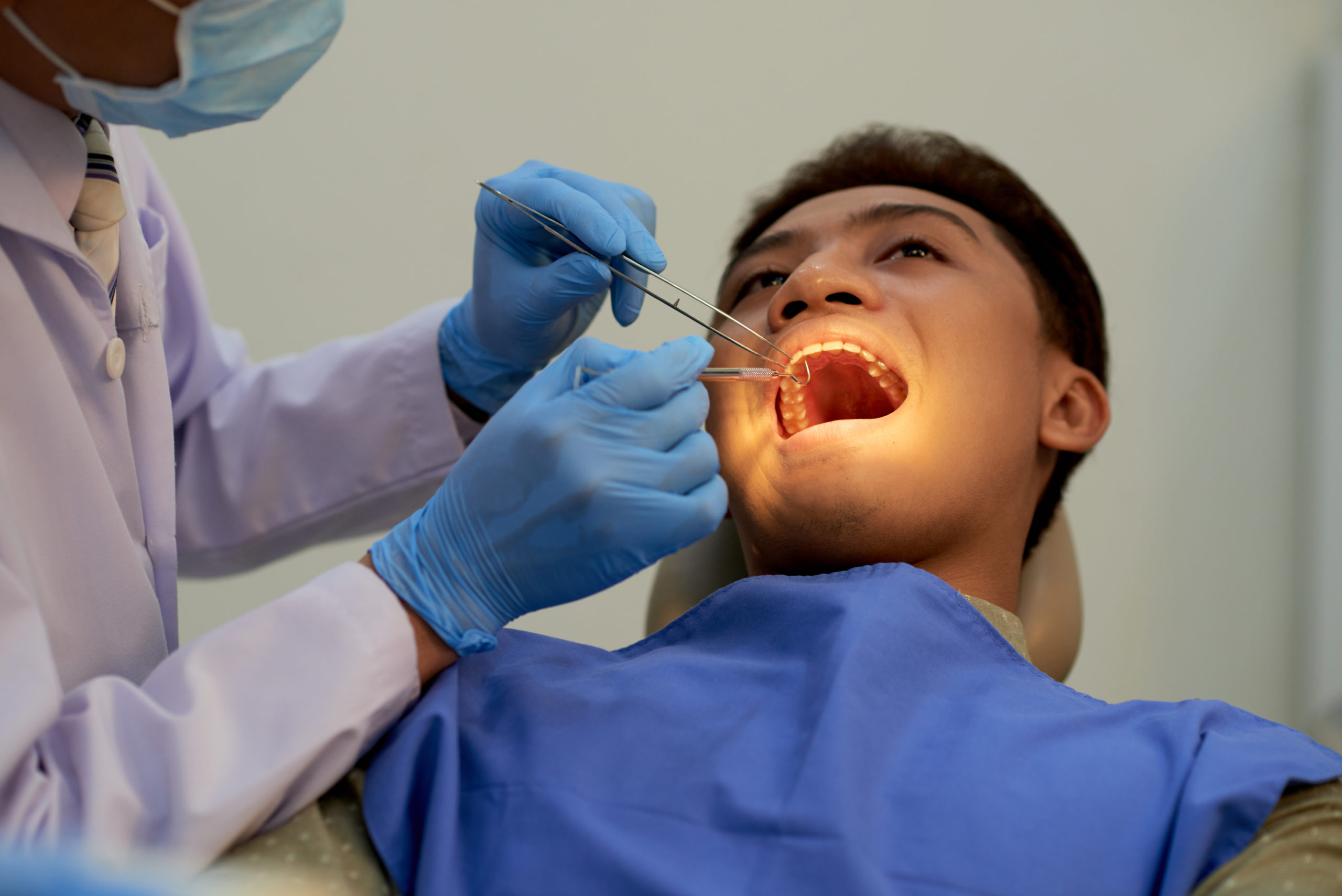Oral pathology is the branch of dentistry and pathology which is concerned with identifying the causes, processes and effects of diseases teeth, gums, bones, joints, glands, skin, and muscles around your mouth (at both macroscopic and microscopic levels) and treating them. The oral pathologists use clinical, radiographic, microscopic, biochemical or other examinations to study symptoms and manage treatment of their patients. Oral microbiology is the study of the microbiota or microorganisms (bacteria, fungi and viruses) that cause diseases in the oral cavity. Oral microbiologists study the impact of the microbiota on oral health so as to track disease progression. Together, oral pathology and microbiology provide the research and clinical practice necessary to understand and manage oral health.
Role of Pathogens in Oral Disorders
Oral health conditions can be broadly classified into – dental caries (tooth decay), periodontal gum disease, edentulism (total tooth loss), oro-dental trauma, noma (severe gangrene of mouth and face), infectious diseases like oral herpes, and oral cancers. Pathogens play an important role in each of these health conditions. Even where the primary cause for the oral disease is poor oral hygiene, heredity, lack of access to proper oral care, or mouth injury trauma, the disease is often accelerated by the presence of pathogens which affect the teeth, gums and bone surrounding or supporting the teeth. Risk behaviours like consumption of tobacco, alcohol, and an unhealthy diet rich in carbohydrates aid the growth of pathogens causing oral disorders.
Understanding Pathological Transformations
Oral cancers are potentially life-threatening and require immediate treatment. Caused due to genetic, epigenetic, microbial, habitual, and lifestyle factors, the early signs of the cancer include oral lesions, inherited genetic mutations (dyskeratosis congenital syndrome), and viral infections (HPV). The oral lesions are broadly categorized under oral potentially malignant disorders (OPMDs). Early detection, prevention, and treatment of OPMDs is key to help prevent its malignant transformation into oral cancer.
Exploring Cutting-Edge Research in Oral Pathology and Microbiology
Effectively utilizing rapidly advancing molecular techniques for diagnosis of harmful oral microbiota along with the use of traditional detection methods has expanded our understanding of their association with health and disease. By using saliva as a diagnostic tool, it is now possible to detect oral diseases early and accurately. The biomarkers present in saliva provide a true reflection of specific oral conditions as well as about overall oral health.
Some of the emerging therapies that have gained popularity due to their effectiveness are:
Gene Editing – Recent advancements using clustered regularly interspaced short palindromic repeats (CRISPR) / CRISPR-associated nucleases (CRISPR/Cas) system have made it easy to identify genetic models that harbour oral diseases and developmental defects.
Phage Therapy – There is an abundance of bacteriophage in the oral cavity that could possibly penetrate biofilms more effectively than antimicrobial treatments for biofilm removals. This will help overcome the problem of antibiotic resistance that is turning out to be a serious threat to human health. Phage therapy is still in the nascent stage and research is ongoing to figure out whether the bacteriophage can be engineered to enhance biofilm breakdown by releasing biofilm-degrading enzymes.

